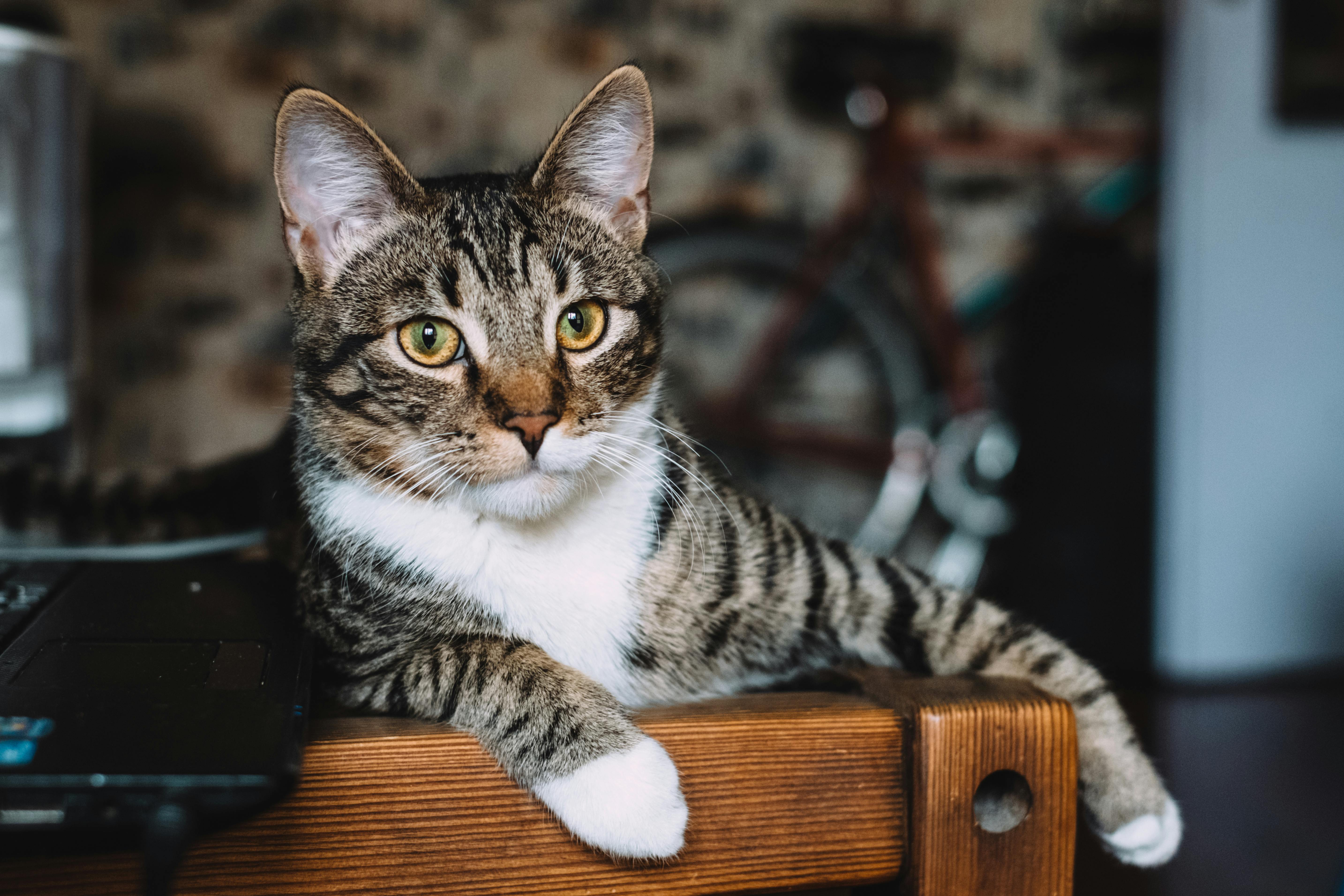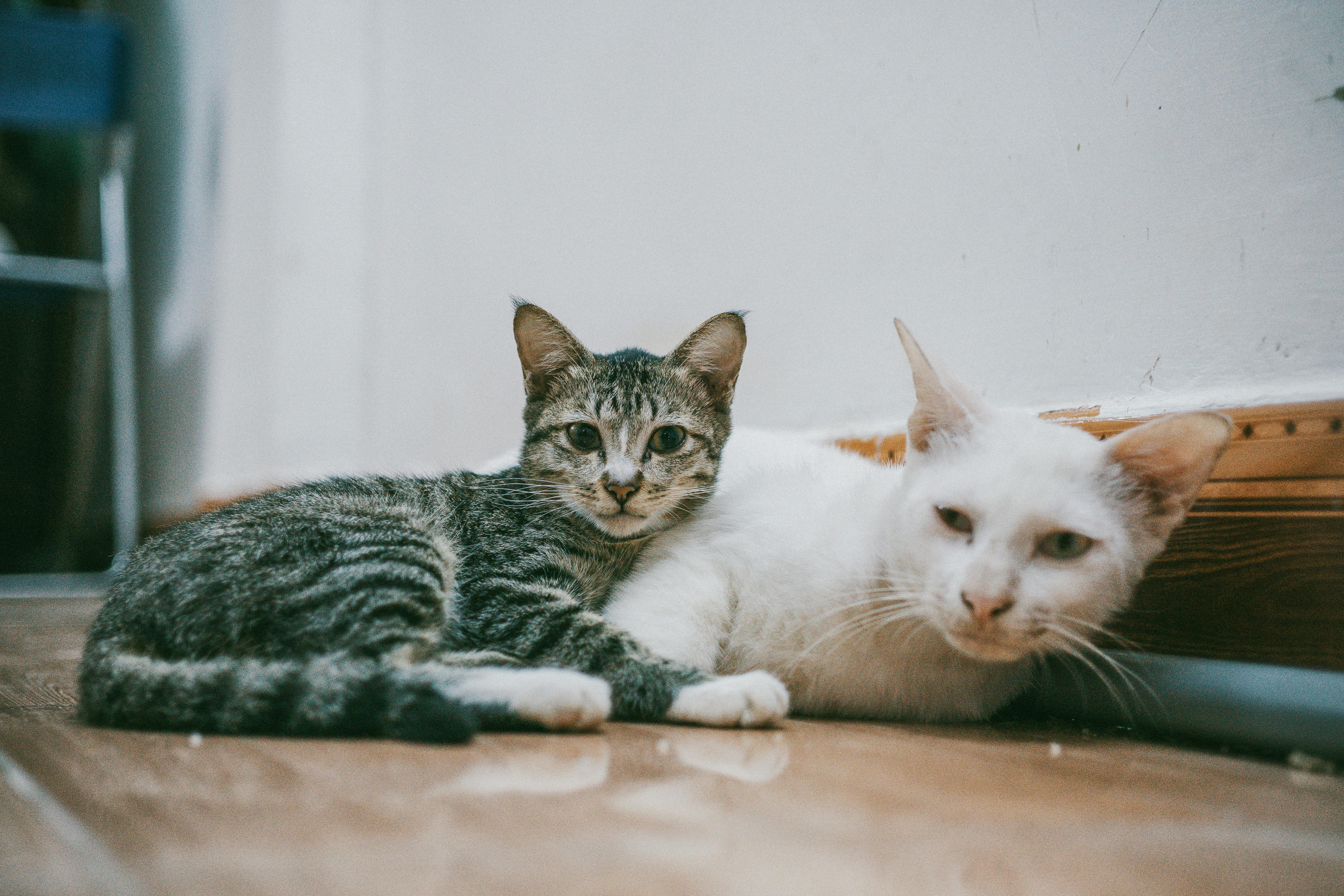Thean Hou Temple is fairly new, it was completed in 1987 and officially opened in 1989. The temple is owned and run by the Selangor and Hainan Federal Territory Association, which is a clan association for people of Hainanese descent, which come to Hainan province in China. This temple was built by the local Hainan community and is dedicated to Goddess Tian Hou, or The Heavenly Mother.
Near the outer entrance is the white statue of Kwan Yin, the famous Goddess of Mercy. There is a place for the devotees to kneel to touch the water that gushes from the magic pot of Kwan Yin. Devotees could even be seen trying to bathe with the holy water.
Next to him is a smiling old man holding a book and a cane. It’s the Chinese deity of marriage, or a Chinese Cupid, if you like. This heavenly matchmaker is called Yue Xia Lao Ren, or ‘the old man in the moonlight’. Instead of using arrows like Cupid, he uses a piece of red string that is tied to the feet of the man and the woman. In fact, the red bag on the left is your bag of red strings. The book he holds is the book of destiny; It lists who you will meet and when you will get married. This deity is very popular with young people, who often offer him sweets and chocolates in exchange for the perfect partner.
In the small garden on the left are the statues of the twelve animals of the Chinese zodiac. There is the rat, the ox, the tiger, the rabbit, the dragon, the snake, the horse, the ram, the monkey, the rooster, the dog and the pig. As with the western zodiac, the Chinese believe that people born in a particular year will assume the personality of the animal. But the Chinese lunar calendar begins on the Chinese New Year, which usually falls in January or February. So if you were born in January or February, depending on the year, there is a chance that your zodiac is the one that precedes you. The best way to find out your zodiac is to consult the Chinese calendar, which you can check on the Internet. According to a Buddhist legend, Lord Buddha summoned all the animals on earth to bid him farewell, but only twelve animals appeared. To reward them, the Buddha named each year after him, according to the order in which they had arrived, starting with the rat and ending with the pig.
The main entrance arch of Thean Hou Temple is a sight to behold. Above, there is a red sign with Chinese calligraphy. Unlike English, Chinese words are read from right to left and top to bottom. All three words say ‘Tian Hou Gong’, which means ‘Palace of the Queen of Heaven’. If you look closely at the little characters on either side of the words, they will tell you the name of the writer and when it was written. In Chinese calligraphy, writing is not just writing. It is an artistic ability and each writing is a work of art. In fact, it is said that the personality of a writer is reflected in his writing. On the right pillar, there are more Chinese characters. They are too poetic to be translated, but very vaguely, they urge us to praise the humility of the King of Heaven and that all have his name in reverence. The pillar on the left exposes the goodness of the Queen of Heaven, who defends suffering and is always there in times of danger. This type of greeting is important in Chinese architecture and each temple has its unique greetings. If you have the opportunity to visit other Chinese temples, ask the locals to translate these wise words for you.
After climbing the stairs, one will find oneself in a large courtyard, surrounded by many red pillars on all sides. A unique feature of Chinese architecture is the concept of open space. Many do not realize that the patio is within the building as opposed to the outside. This is a very typical feature of Chinese architecture, and many temples are built like this. The courtyard is surrounded on all sides by several interconnected pavilions. This is often referred to as the ‘well of heaven’ because the roofs form a small opening into the sky. The width of the building is more important than the height and depth, giving visual impact to the width of the building. The color red is used here very generously, symbolizing prosperity and good fortune. The spectacular orange and green ceiling, with its intricate carvings and large decorations, has several tiny objects lined up in a row at the corners of the upward curved ceilings.
There are many statues of dragons and phoenixes. The phoenix is generally paired with the dragon, which symbolizes yin and yang. A common description of the phoenix is that it has the head of a golden pheasant, the beak of a parrot, the body of a Mandarin duck, the wings of a roc, the feathers of a peacock, and the legs of a crane. The phoenix is a symbol of virtue and grace, power and prosperity. It is said to be a gentle creature; so soft that his feet don’t crush anything and he only eats dewdrops. It usually represents the female part of the yin and yang, and in ancient times, only the Chinese empress can use the phoenix as a symbol. There is also the white crane, which is the most important bird in Chinese culture, after the phoenix. Cranes are believed to be immortal, symbolizing longevity.
Nearby, are the superbly carved gray pillars with dragons coiling towards the sky. While in the West, dragons are considered evil, Chinese dragons represent power and might and control over water. In yin and yang terminology, the dragon is yang, or male; while the phoenix is yin, or feminine. Dragons have their own hierarchy, and to find out where the dragon is located, count the number of claws. The highest order is the five-clawed dragon, followed by the four- and three-clawed dragon. Since the five-clawed dragon is considered an imperial dragon in China, the further away from China it went, the fewer claws it had. That is why Korean dragons have four claws and Japanese dragons have three. And since Malaysia is considered a Chinese offshoot, it is allowed to use only four claws on its dragons. In ancient times, improper use of the number of claws was considered treason, and the entire clan of the offender could be executed.
In the main shrine, there are three giant statues. They may look quite similar at first glance, but if you look closely, you will see that they are different.
On the left, is the Goddess of the Paseo Marítimo. According to legend, on the island of Hainan in southern China, one day a fisherman caught driftwood in his net while he was fishing. He brought it back and strange things started happening. The driftwood would turn into a girl every evening. His face would glow with an expression of benevolence. Soon, the fisherman decides to build a temple using driftwood as the centerpiece. However, he could not decide the best place to build it. As the villagers looked to the sky for clues, a boy suddenly ran out of the crowd toward another village eight miles away. Then the boy pointed to the Qing-Lan port waterfront, and they finally found the temple site.
The goddess in the center is Mazu, the goddess of the sea who protects sailors and fishermen. It is widely revered in the coastal areas of China and Southeast Asia, where many communities of seafarers live. According to legend, she was a real-life person, born in 960 AD as a girl named Lin Moniang. When he was born, he did not cry; hence her name, which means “silent girl”. It had many associations with the sea. One tale tells of her in a bright red dress, standing on the shore during severe weather to guide the fishing boats home. Another story told that she dreamed of her father and brother, both fishermen, during a storm. But her mother woke her up at the exact moment she was rescuing her brother in his dream. As a result, only his father returned home. There were also many legends about her capable of accurately predicting the weather, thus saving many fishermen from drowning. At the age of 28, she climbed a mountain and flew to heaven, and became the Celestial Queen, or Thean Hou, the name of this temple. Although we are now about two hours from the sea, the Hainanese still built this temple in honor of her to take care of their community. After her death, there were countless reports of a strange girl carrying a red lantern to guide ships home in stormy weather. Today, UNESCO has designated the Mazu belief as an ‘Intangible Cultural Heritage of Humanity’.
The last goddess is the goddess Kwan Yin, or popularly known as the Goddess of Mercy. The name Kuan Yin is short for Kuan Shiryin, which means ‘to hear the cries of the world’. Highly revered by Buddhists, the history of Kwan Yin is long and complicated. Worshiped in Vietnam, Indonesia, and Japan, the Kuan Yin stories have many ties to Taoism, Buddhism, and Chinese culture. There are hundreds of stories about Kuan Yin, from healing the sick to saving the Dragon King’s son, saving animals and protecting crops; They all count essentially the same thing: your compassion.
In the area in the middle of the room there are some cylindrical objects with red knobs and a pack of sticks. They are the ‘kau chim’ oracles or, in English, the Chinese Fortune Sticks. Many Chinese use these staves of fortune to predict their fate for the coming year. First, shuffle the suits while clearing your mind. Next, grab the entire bundle of sticks, hold them, and drop them back into the container. Look for the only stick that sticks out, this stick carries your fortune. If there are a few sticks sticking out, try again until you only have a single stick sticking out of the pack. Then look at the number that is written on the stick and find that number in the corresponding drawer. Each drawer contains strips of paper where the fortune of the year is written. That is your destiny for the year. I hope it is full of prosperity or, as the Chinese say, full of ‘fook’. Even if you don’t believe in it, it’s a fun thing to do.
On the balcony you can have a good view of the temple. The ends of the balcony consist of tiny objects: an old man sitting on a fish, followed by three mythical Chinese animals. The old man is Jiang Tai Kung, a historical figure and a highly revered military strategist. One story says that he was fishing for three days and three nights, but to no avail. Finally, he caught a fish, and when he opened its belly, he found a cloth that prophesied that one day he would be a great military strategist. There is a popular story of him holding a bamboo stick with the hook hanging over the water, instead of letting it sink into the water. His reasoning was that the fish will come to him when they are ready. This act inspired the Chinese to say that good things come to those who wait. Therefore, he is often depicted sitting on a fish.
The second mythological animal is the Qilin, which is said to bring serenity each time it arrives. It is often mistakenly called the Chinese unicorn. A Qilin is a gentle creature that can walk on grass without trampling on the blade, but it shoots fire when faced with an evil person.
The third mythological animal is the Chinese roc, which has the body of a bird but goats’ legs with fish scales. And the fourth is the famous Chinese Lion, who has protective powers. They are usually at the gates of imperial palaces and temples.
Back at the main sanctuary, there is a staircase on the left that leads to the turtle pond. The turtle is one of the four celestial emblems – along with the dragon, the phoenix and the white tiger – that guard the constellation. The turtle guards the north, the phoenix guards the south, the dragon guards the east, and the white tiger guards the west. Of these four animals, the turtle is the only real life animal, so here is your chance to see many of them at the turtle pond.
There is also an interesting shop selling religious items on the ground floor for tourists to buy souvenirs.



